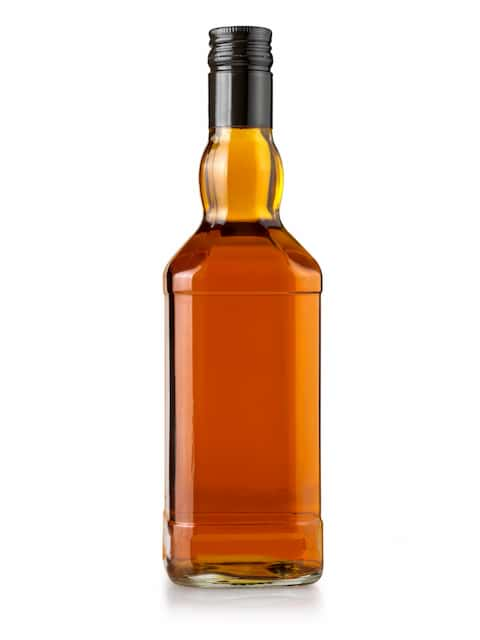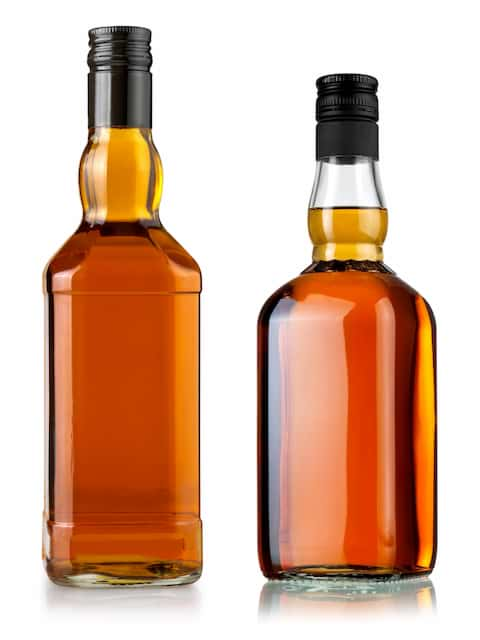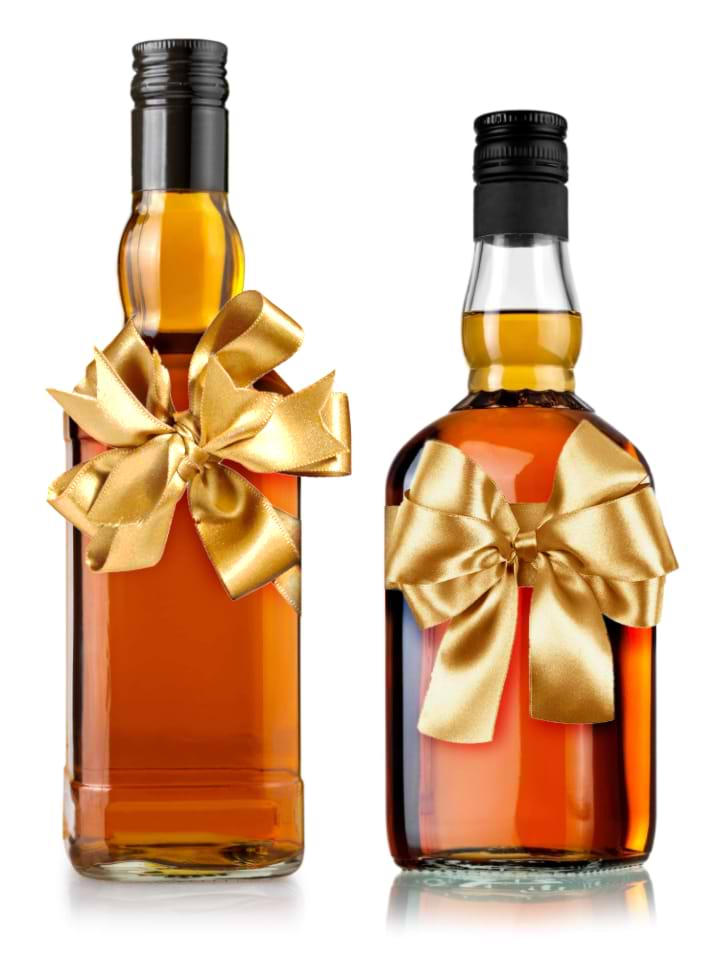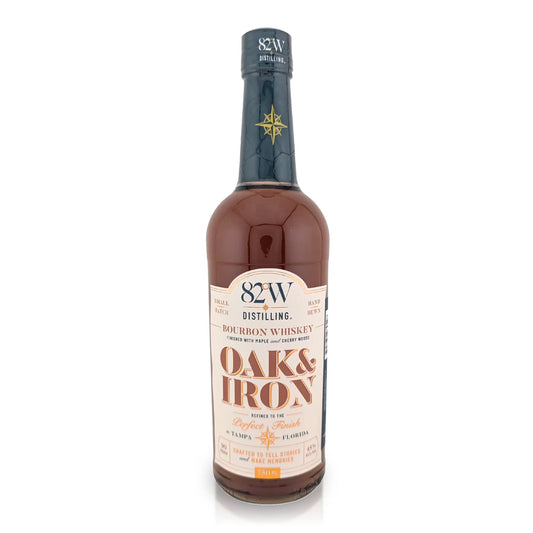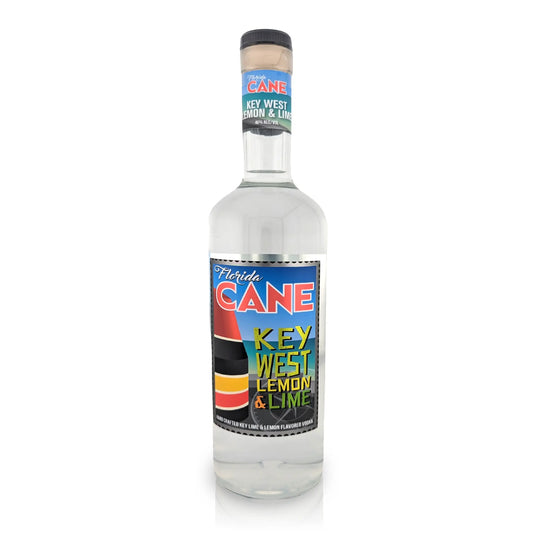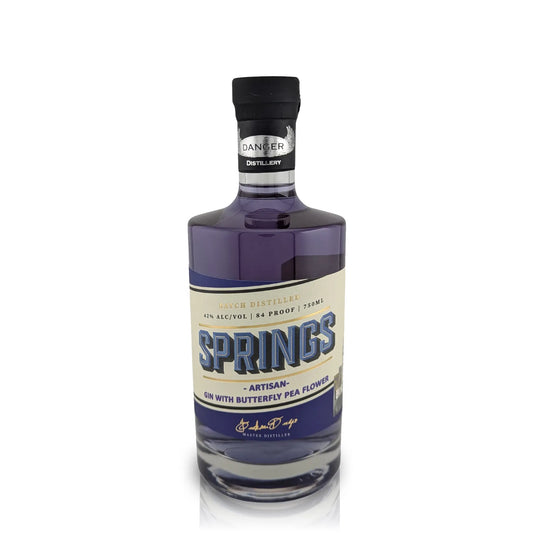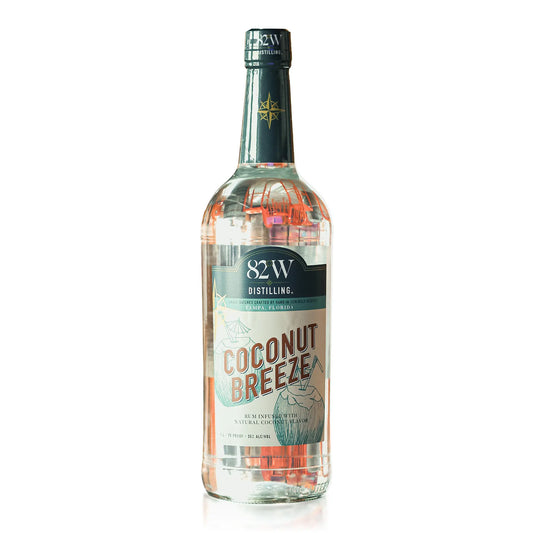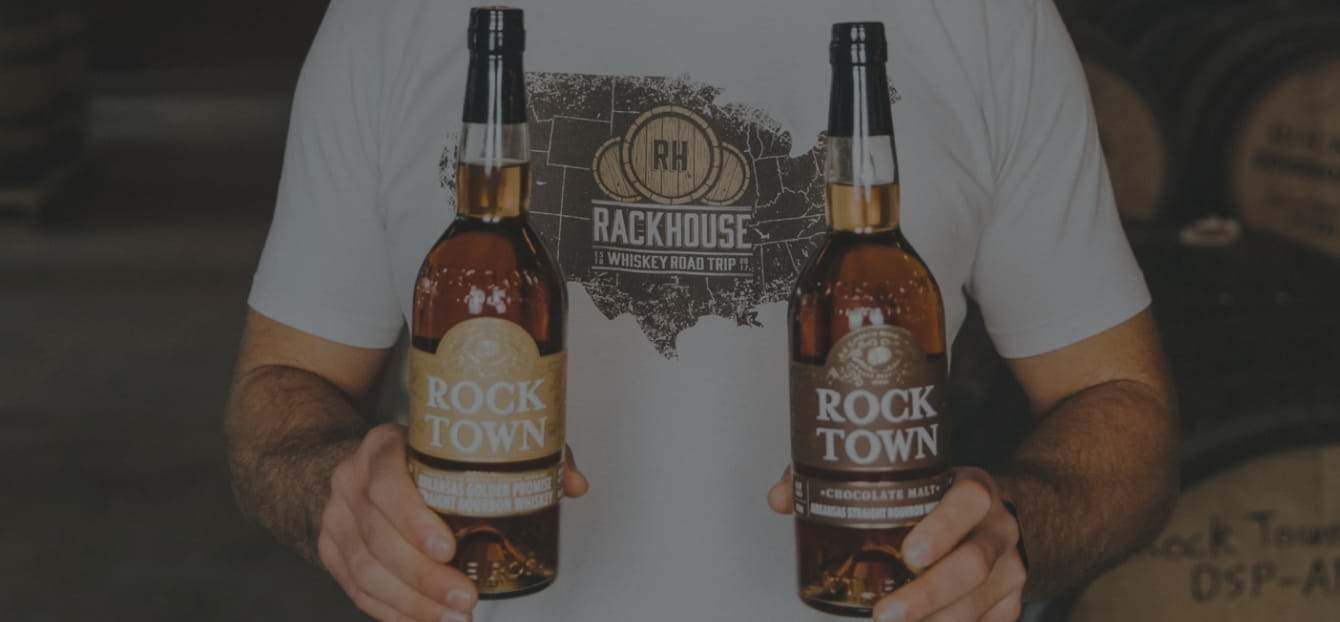
If you’re new to the whiskey world, here’s one thing you should know: water is the most important ingredient in crafting whiskey. And not only is it a main ingredient in how whiskey is made but whiskey enthusiasts who get the chance to taste-test with a master distiller may notice that at some point he’ll add some water to the glass. Doing so is said to open up the flavors and aroma of the drink. Even the word “whiskey” stems from the Gaelic word “uisge,” meaning “water.” Lately, there’s a growing crop of distillers and spirit producers who are experimenting with water in a new way: as a key part of the aging process. Some producers are taking advantage of humid seaside air and temperature fluctuations by aging spirits near water while others are experimenting with floating warehouses to see water in motion has an effect. It begs the question: do these tactics equal a better-aged booze?
Water as part of the distillation process
As a reminder, just three ingredients are needed to make whiskey: water, barley (or other types of grain) and yeast. The kind of grain used varies with the different types of whiskey being made, but all whiskeys need a small amount of malted barley to begin the fermentation process. The water you use for whiskey is often considered the most important factor in making a good whiskey. Clean, clear and free of bad-tasting impurities like iron are the driving factors in selecting water for whiskey. Kentucky, as well as Maryland, Pennsylvania and Indiana, is an area rich with limestone so water there contains carbonates, which can alter the flavor. Scottish water, known for making fine whisky, is famous for mysterious reasons. Because of the importance of water in how whiskey is made, a large number of distilleries are located next to a river or lake.
Aging spirits near the water
Taking advantage of the humid air carried from a body of water to barrels containing spirits is not a new phenomenon. Scotland’s islands are noted for embracing the salty sea air to add complexity to Scotch whisky. But now, some American distilleries are trying new ways to use water in their aging techniques. Along the Oregon coast, the Rogue Ales & Spirits distillery has an “ocean aging room,” built about 500 yards from the Pacific Ocean, where barrels absorb the salty air for months or years. Jake Holshue, Rogue’s head distiller tells Liquor.com it’s about the air and impact it has on the barrels. “Barrels breathe in and out every single day. As a barrel breathes and swells, the wood swells and collapses each day like an accordion,” he says. The expansive breathing of the barrels results in slightly faster barrel-aging time. Holshue explains that the sea air also adds a lot of depth and character to the spirit you would not get otherwise.
Aging spirits on the water
While waterfront aging rooms can take advantage of fluctuations in temperature, humidity and barometric pressure, floating warehouses add the impact of the water’s motion. The up-and-down and back-and-forth sloshing in the barrel increases contact between the spirit and barrel, otherwise known as “dynamic aging.” Dynamic aging is not an entirely new concept as ships in the 1800s would carry spirits back and forth across the ocean, giving spirits time to age in the barrels.
Last year, Kentucky’s O.H. Ingram sought to bring back the idea of aging on the water with a River Aged series of bourbons and ryes. The spirits are aged in a floating rackhouse on the Mississippi and Ohio rivers, which was a nod to the family history in the barge business. “I had preexisting knowledge of the river,” says Hank Ingram, CEO of Brown Water Spirits, the parent company of the O.H. Ingram whiskey brand. “I stumbled upon the story of bourbon in its early days. Farmers would send their wares down the river; it was the nation’s highway at the time. I fell in love with the idea of sending barrels down the river.” As a result of the movement, the water causes the whiskey to churn within the barrels along with temperature fluctuations and humidity. “We’re just trying to see what happens when you bring the river back into the process again,” Ingram says.
So, what is the effect on the liquid? “It’s making the whiskey work harder in the barrel,” says Ingram. “We’re getting deep penetration inside the wood, and it’s pulling out deeper whiskey notes at a younger age.” And having the whiskey splash repeatedly against the charred interior creates an effect similar to charcoal filtration, which can yield a smoother finish.
Does it really work?
The verdict is out on whether these methods truly result in a flavor difference. The rise in experimentation means distillers feel there’s an impact and will continue to look for ways to improve upon an otherwise great product. If nothing else, it keeps the whiskey world interesting with colorful stories to tell.
If you’re looking for an easy way to be introduced to and find unique types of craft whiskey with memorable stories, check out RackHouse Whiskey Club. RackHouse Whiskey Club scours the U.S. looking for the best distilleries with the most interesting stories to curate a unique subscription box filled with full-sized bottles of hard-to-find small batch whiskey. We’re building a community of premium craft whiskey drinkers and you’re invited. Join us!

